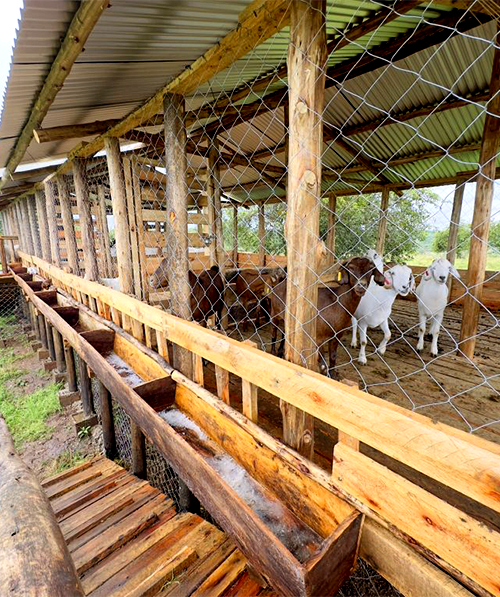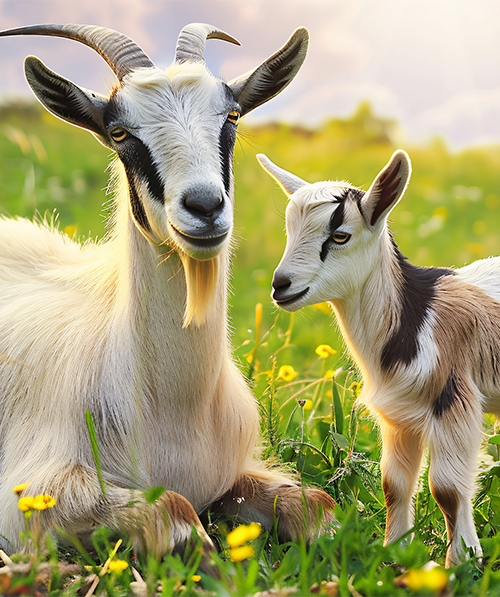

Feeding & Grazing
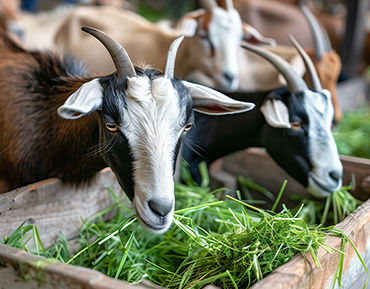
Breeding and Sales
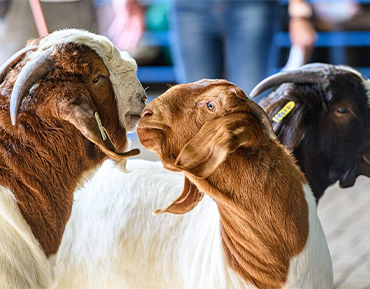
Housing & Health
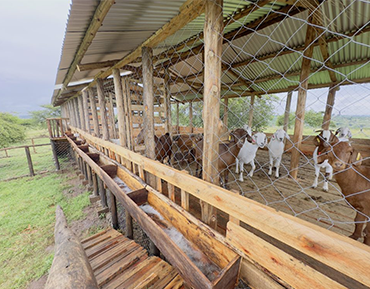
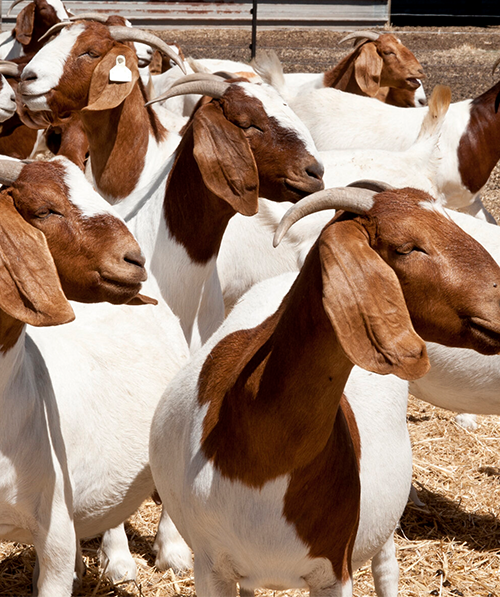
Goat Farming
Housing and Care
Our goats are housed in specially designed raised goat houses, elevated approximately 2 feet off the ground with slatted floors. This design is crucial for keeping the goats dry and preventing common issues like hoof rot. These structures are built using local materials such as timber, nails, and iron sheets for roofing, making them cost-effective and suitable for the local climate. Ramps and partitions within the housing allow for easy management and separation of kids when necessary.
Feeding and Grazing
Breeding and Sales
Our goat enterprise benefits from high reproduction rates, with goats typically kidding three times in two years, often producing twins or triplets. This allows for a rapid increase in population, enabling us to grow our herd while simultaneously selling surplus animals. By Phase 2, our goat population can exceed 500 animals, even after sales.
We plan to sell a significant number of goats annually, focusing on young males sold at 4-8 months old when they reach optimal market weights of 20-25 kg. We also cull mature females that are no longer productive breeders. Improved meat breeds, such as Savannah or Boer crosses, are utilized to boost growth rates and enhance market value, fetching higher prices due to their superior meat quality.
Health and Veterinary
A preventative health program is critical for our goat herd. This includes regular vaccinations against common diseases like PPR and Clostridial diseases, along with routine deworming. We allocate a specific budget for veterinary care to cover vaccines, dewormers, and professional consultations, emphasizing early detection of health issues to mitigate disease outbreaks.
